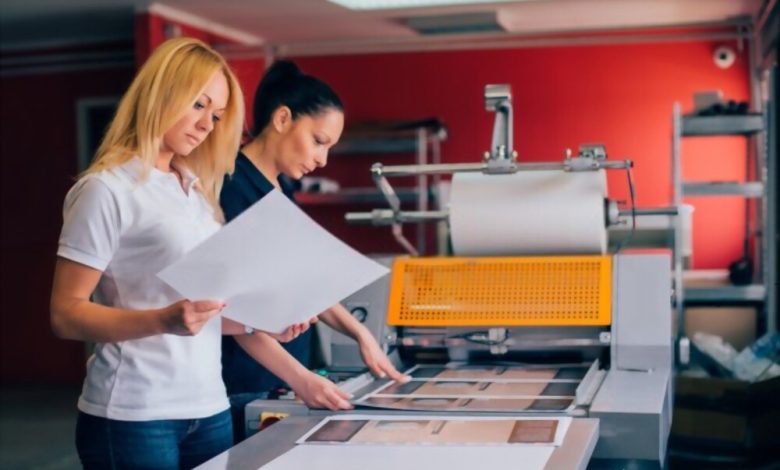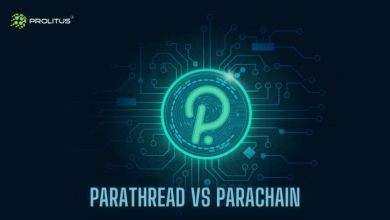
The printing industry has gone under a massive transformation over the last few years. Print companies are constantly changing the way they function in order to keep up with the competition. As printing business heavily relies on customer expectations and process efficiency, it is essential to use latest technology, new materials and different methods of printing to meet evolving demands. If you are new to the industry, it may get a little challenging for you to understand different kinds of technologies and printing methods used by various web-to-print companies now. Each one has its own share of merits and demerits.
While some printing methods might be more suitable for small print businesses, others might be better suited for high volume printing.
It can be quite overwhelming and confusing to choose the right printing solution for you with so many methods and services.
So, here is a comprehensive list of different kinds to printing methods used by web-to-print companies to help you make better decision.
1. Digital Printing
Digital printing is the process of reproducing digital images on surface materials such as plastic, fabrics, labels, films, cardboard, etc. It is a cutting-edge printing technique that includes laser and inkjet printing, and many others.
Digital printing is a faster and more economical printing technique because it doesn’t require a printing plate. As digital printing offers quick turnaround times, businesses may print as needed. It’s also great for small run companies because there is no setup cost or minimum order size. Digital printing produces high-quality prints at affordable prices.
There are excellent trade printer solutions in the market that can help you with digital printing services and take your online store to another level.
2. Flexography
Flexography is the printing method that is used for labelling on plastic and shopping. It has the quickest rate of growth due to its adaptability and capacity to print on different surfaces.
It often uses web presses instead of offset lithography standard plates. As an alternative, rubber plates and water-based inks are used, which dry more quickly and enable quicker manufacturing times. It is the best solution for materials like plastic that doesn’t absorb ink as much as the paper does. Not just that, it has quicker drying times which allows printing businesses to come up with faster and effective outcomes.
3. Offset Printing
Offset printing is a quite common printing method used for mass-production. It includes printing plates usually made up of aluminum. Every plate has a picture of the text that needs to be printed. The information on these plates is then transferred to blankets. After that, the picture is transferred to paper using inked blankets.
Offset lithography is known to generate high quality images for both small and large-volume print companies. However, because of the time and expenses involved in setting up, it is not the most cost-effective for minor jobs. This method works best for mass-production.
4. Embossing
Embossing is the kind of printing technique used to develop sunken patterns on materials like paper or metal. It is a very popular option for printing postcards and invitation cards. The print created through embossed print looks attractive and always catches a lot of attention.
There are two types of embossing techniques. The first one is known as Blind embossing, where the product’s color serves as the embossed mark. The second one is known as the Foil block, where the design is filled with metallic paints like silver or gold after the embossing is done.
5. Rotogravure
Gravure, another name for rotogravure printing, is primarily a long-run, high-speed, high-quality printing technique. It is an intaglio printing technique that creates fine, intricate pictures.
Similar to offset and flexography, gravure printing utilizes a rotary printing press, and the image is engraved onto a copper cylinder in this process. This printing technique is quite popular for its versatility as it can print anything from small labels to extensive vinyl flooring sheets. It is commonly used for high-volume printing of packages, gift wraps, and more such materials.
6. Large Format
Large format printing, as the names suggest, enables you to print large graphics or designs onto broad rolls of paper or other materials.
When compared to other printing techniques, using large format printing gives you an incredibly large and wide printing area. Because of this, it is the best option for the majority of printing businesses.
Large format printing is quite similar to digital printing. It is, therefore, an ideal solution for full-color items.
The large format technique is the best option for large print media material, such as building wraps, billboards, posters, and hoardings. The output size of the material can’t be as large as the other printing techniques. The majority of businesses use large format media to create flat objects that can be wall-hung, but they can also be folded or made to stand on their own.
7. Screen Printing
Screen printing is common print technique which involves pressing ink through a mesh screen to produce a design. It is utilized in a wide variety of global sectors to produce personalized clothes, flyers, works of art, banners, and more. Screen printing can also be utilized for printing images on paper and metal.
There’s a lot of setting up necessary with screen printing, thus it’s best utilized for printing repeat products in mass. It can be quite expensive for orders with lesser print items. However, it’s very economical for the printing companies that need a lot of the same pictures.
8. 3D Printing
With so much of advancement in technology, this printing method has gained a lot of popularity lately as people prefer to use it more and more. A digital file is printed on a three-dimensional solid object using the 3D printing technique.
Since the part is printed directly onto the platform, layer by layer, no special tools are needed for this technique. Although a digital 3D model is always required because it serves as the physical object’s blueprint in the process.
Since the components can be created directly, this printing approach enables decentralized production. Therefore, there are less logistics costs and reduced carbon emissions. The reason this technique is the most preferred one is that it requires fewer resources as compared to other methods.
Wrapping up!
So, with the above-mentioned list, you can now easily choose the printing style that best matches your products and services. Most of the e-commerce business owners opt for a customizable printing solution that can print on a range of materials.
It is important for you to invest wisely so that you do face any losses and regrets in the future.
As web-to-print industry is expanding and developing, a lot of online store owners are adopting different printing methods and techniques to attract the customers and gain a competitive edge in the market. If you run an online store, it’s the best to invest in a retailer web-to-print solution to widen the horizon of your printing business.
Here’s hoping that this guide will help you select the best printing method for your business.




